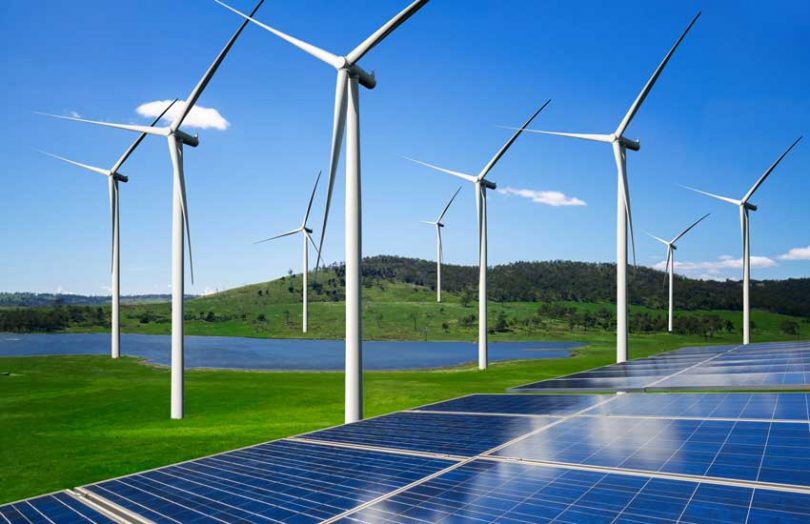The XRP Ledger is to become one of the first carbon-free blockchains. The news was announced today by the XRP Ledger Foundation, Ripple and Energy Web. The Foundation has purchased energy attribute certificates (EACs), similar to renewable energy certificates (RECs) to cover the power used by the network for the next year.
The certificates funnel money to renewable energy providers, subsidizing their electricity generation.
“With this announcement we’re turning the ‘blockchains use too much energy’ issue completely on its head by converting entire blockchain networks into direct investors in zero-carbon renewables,” said Walter Kok, CEO of Energy Web, the renewable energy blockchain organization.
The XRP Ledger Foundation is a new organization set up last week to support the Ledger’s functioning. We’d speculate that one of the reasons for creating the Foundation is to demonstrate that Ripple doesn’t control XRP.
Both the foundation and the purchase of the EACs have been financially supported by Ripple, Ripple funded startup COIL and Gatehub.
Proof of work blockchains such as Bitcoin and Ethereum are notorious for their excessive use of energy. Energy Web states that the top five public blockchains use up to 170 terawatt hours of electricity per year, more than the state of New York.
While today’s announcement is a step in the right direction, XRP Ledger uses the least energy of the five top blockchains because it doesn’t use Proof of Work. We asked how much renewable energy is being bought and the response was 2,300 MWh, or 0.0023 terrawatt hours to cover the entire usage of the XRP Ledger for 2020. Although the intention is a noble one, it’s also an easier gesture to make.
Will many Bitcoin maximalists be willing to contribute towards EACs for Bitcoin?
The power currently used may already be partly clean. Amazon’s Web Services and Google’s Cloud can contract clean energy to power their web hosting. But in a decentralized network, some of the nodes may be using not-so-clean energy. An Energy Web spokesperson responded: “In practice, the actual energy powering any given node will vary, and could include some portion of renewable energy already. But there’s still a lot of room for growth before the global blockchain industry reaches a zero-carbon climate footprint from 100% renewable energy.”
Energy Web has created a set of tools and an ecosystem focusing on the renewable energy sector. Its solutions include energy traceability, RECs and other energy trading applications. For this implementation, it partnered with 3Degrees.
“Energy Web and its ecosystem of more than 100 major energy companies globally to make ‘green blockchains’ the new de facto standard for the distributed ledger industry will play a key role in building a sustainable future for all,” said Brad Garlinghouse, CEO of Ripple.
Some might argue whether or not the XRP Ledger is a public chain. While there are 145 validator nodes, only a subset are on the Unique Node List (UNL), a trusted set of nodes that was dominated by Ripple in the past. Maintenance of the UNL is one of the tasks that the XRP Ledger Foundation has taken on.






